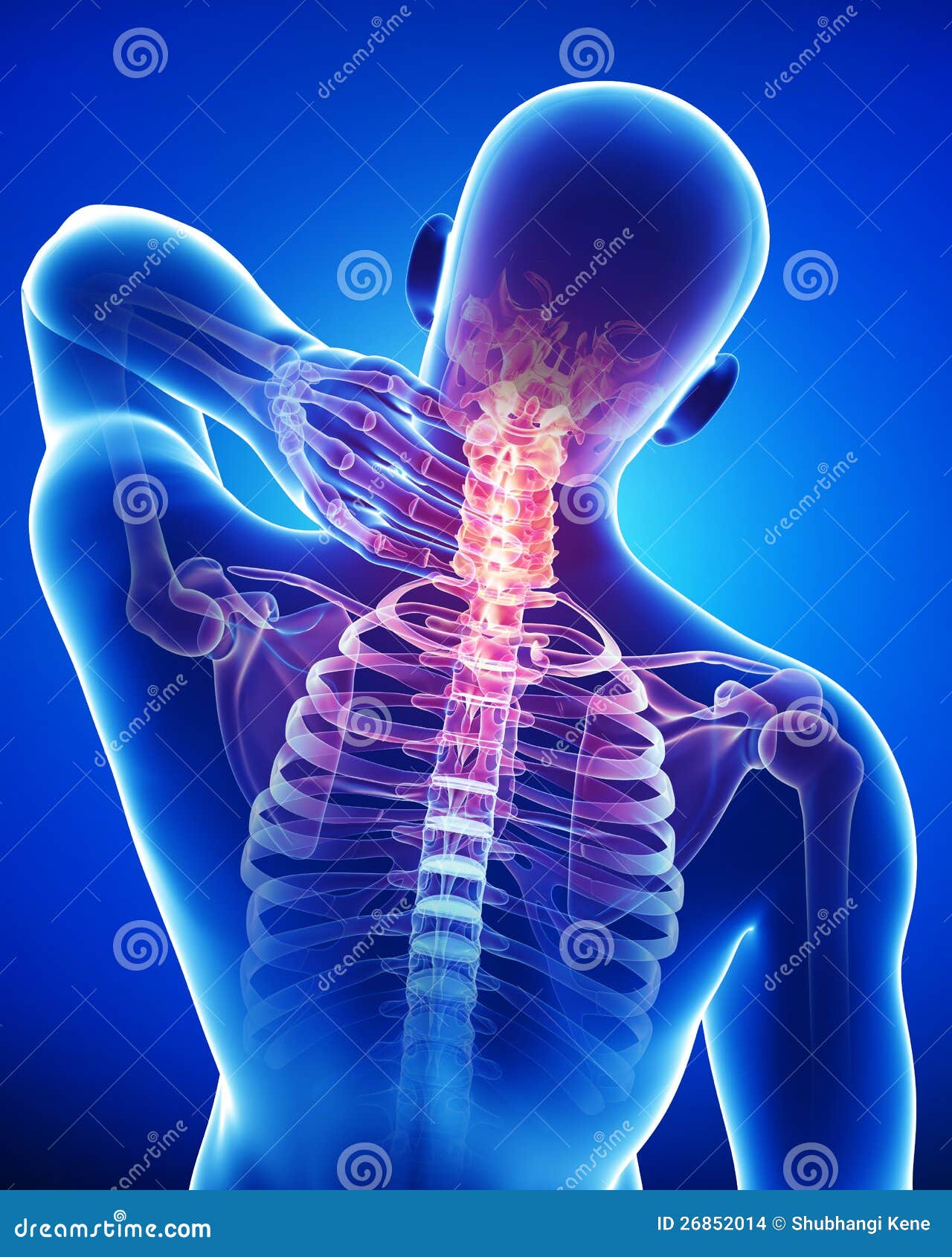
The multifidus muscle keeps the back straight and stable. Muscle injuries of the lower back are commonly caused by an improper lift, lifting while twisting, or a sudden movement or fall, which may cause lower back pain. Signs that a muscle might be injured include sudden onset of pain, soreness, limited range of motion, swelling, muscle spasms, stiffness, and weakness. Lower and Upper Back Muscles How do you know if back pain is muscular?

Anatomically it is the length of the spine and is located in both the upper back and the lower back making up the largest portion of your back musculature. The Latissimus Dorsi or the Lats is the largest muscle in the back. To learn more about the lower back anatomy of the spine, please watch this video. Common hip and back pain causes include injury to muscles from overuse, disc injury/degeneration, or spinal stenosis. The pelvic floor muscles also help increase this pressure, which provides stability to the spine and trunk.

Please refer to the Lower Back Muscle picture below to see all of the muscles of the back. There are many back muscles which can cause pain. Some of the muscles of the low back include:
#Back of neck diagram how to
To learn more how to strengthen your core muscles to prevent back pain, please read this ARTICLE on best core exercises. To read more about a "catch" or locking sensation in your back, please read this informative ARTICLE. These upper back muscles work with most of the shoulder muscles to assist in shoulder movements. The upper back muscles are: Latissimus dorsi, Rhomboid muscles, Levator scapulae and the Trapezius. The muscles of the low back work together with the transverse abdominal muscles to increase intra-abdominal pressure. The spinal cord is contained within the spine's vertebrae, running through the vertebral foramen and branching out to the peripheries through the intervertebral foramen. The lumbar and sacrum region make up the bone of the lower back anatomy. The human spine is composed of 4 sections of vertebrae. Understanding lower back anatomy is key to understanding the root of lower back and hip pain. Lower Muscles of Back Anatomy and Low Back Pain


 0 kommentar(er)
0 kommentar(er)
